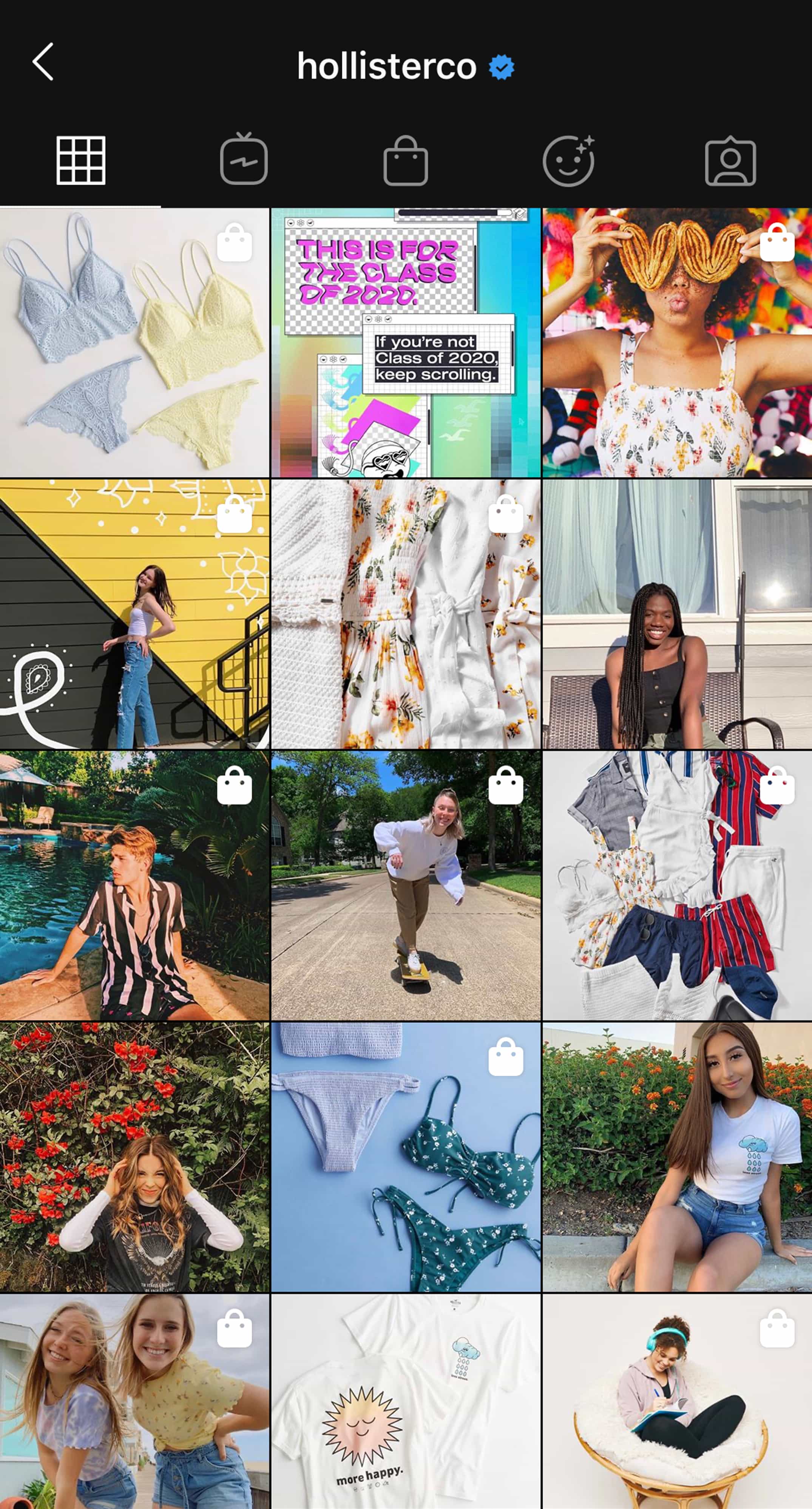We can all agree that our lives feel “interrupted” by COVID-19 in ways we could never have expected. For Gen Z, though, it’s almost as if life feels cancelled. Overnight they lost daily interactions with teachers, friends, and teams. They had milestones like proms, plays, big games, and graduation ripped away from them. These events are not only lifelong memories but rites of passage that are important to social and emotional development. Gen Z makes up 40% of the global population and COVID-19 has become a generation-defining moment that will have lasting effects on how they view the world and live their lives. As such, they’ll have evolving needs from the brands they connect with. Here are three ways we see the pandemic impacting Gen Z and ways for brands to support and engage them.
1. Amplifying a Relentless Pursuit to Make a Change
This generation has always been social action-oriented but as the world has seen massively unsettling events in this past year, their desire to help has kicked into overdrive. Gen Zers are less optimistic about the future, but increasingly believe they can shape it: Just 19% of Gen Z say the U.S. is heading in the right direction, down 12 points since May. But on the flipside, 62% of Gen Zers agree they have the potential to impact the world, up six points since May, and 10 points higher than millennials. Part of this optimism is a recognition and pride that Gen Z will be the generation to lead the way, and taking action is deeply embedded into who they are even prior to COVID.
Gen Z has always scrutinized brands and their values, with two-thirds of them stating that their impression of a brand is positively influenced by its association with a social cause. However in today’s state of the world, brands must move beyond just being purposeful to being useful. Your brand should find ways to empower Gen Z through their purchasing decisions because here’s what they expect today:



(source)
Example: Papa John’s
Camp + King recently launched a campaign for Papa John’s called “Bigger Than Pizza” to promote its new product, the Shaq-a-Roni, in which $1 from every purchase goes toward the Papa John’s Foundation supporting community. This foundation supports issues like COVID relief, the fight against racial injustice and organizations like the Boys and Girls Club of America.
2. Giving Super Creators More Time to Create
Gen Z’s digital capabilities and hyper-connectivity have equipped its members with unmatched creative expression. They are the super-creatives and faced with a quarantine, they have more time on their hands to create. Gen Z is used to shooting content at home for social media and have a unique ability to reach their peers across different platforms during this time.
To connect with Gen Z through their passion to create, your brand should consider consulting and empowering them with opportunities to express their creativity in new and interesting ways. Whether by offering tools, inspiration or a virtual megaphone, the brands that help them amplify their passion will be remembered for it.
Example: Hollister
Unable to shoot its typical seasonal campaigns, teen clothing brand Hollister enlisted its community to produce its brand content from home. Now, their own customers are featured across emails, their website and on social channels in place of typical models. The content is beautiful and reportedly performing very well.

3. A Negative Toll On Mental Health
Gen Z has been notoriously more in-tune with and vocal about mental health issues than previous generations. A recent study from DoSomething shows that 65% of Gen Z reported that mental health has become even more important to them in light of COVID. They are well aware of the disappointment, frustration, and sadness they are facing due to the disruption of important moments in young adulthood.
As mental health becomes front and center for this generation, your brand should acknowledge this by considering messaging and tone through the lens of an audience who is likely learning how to process these difficult issues and emotions. Further, seek relevant connections between your brand and mental health issues and think about ways you may be able to provide tools and resources for young folks.
Example: Jansport
In lieu of their usual product-focused back-to-school marketing efforts, Jansport launched a campaign called “Lighten the Load.” The brand aims to be an ally for Gen Z during this time. Campaign executions include live online conversations with mental health experts touching on topics like isolation, compassion fatigue, uncertainty and family relationships. They also debuted a series of original films to provide young people with a platform to have conversations surrounding mental health. Each unscripted film showcases an individual offering a glimpse into their mental health journey and insights on what they’re doing to lighten the load.
In closing…
COVID-19 hit during the most formative years of Gen Z’s lives. How your brand responds now may define your relationship with them for years to come. First and foremost, your brand should not be trying to solve their every need. Instead, look at your offering and values and identify the specific need(s) you could meaningfully respond to. More importantly though, empathy is key. Your brand must act with empathy in everything targeting Gen Z as we all move through this unpredictable future together.


